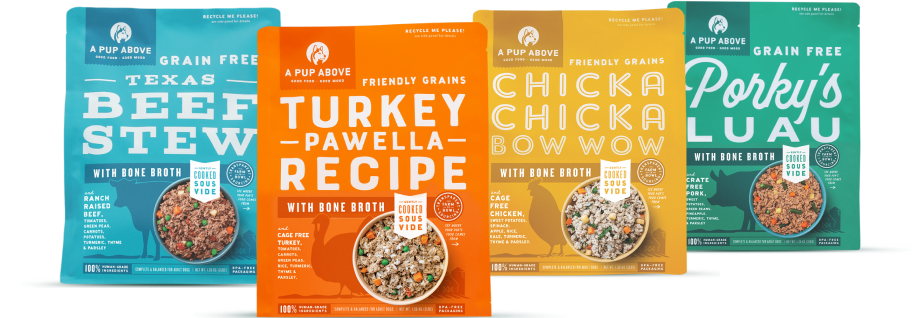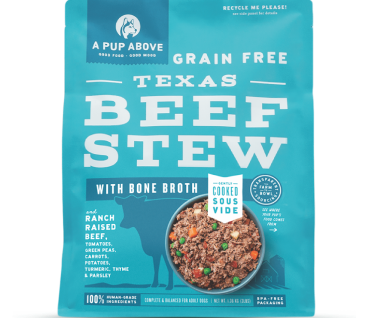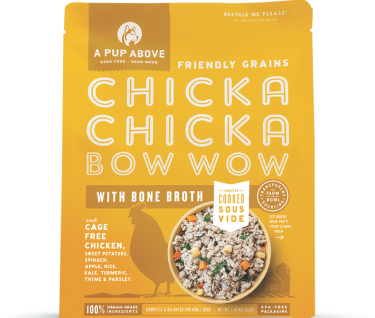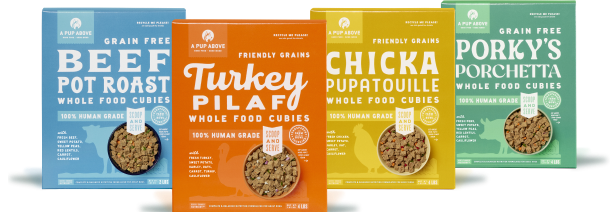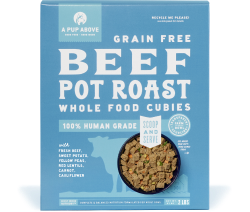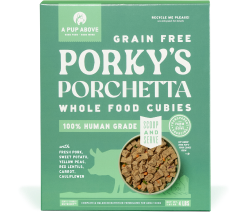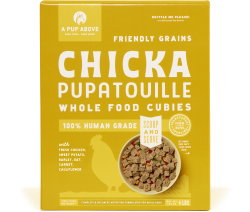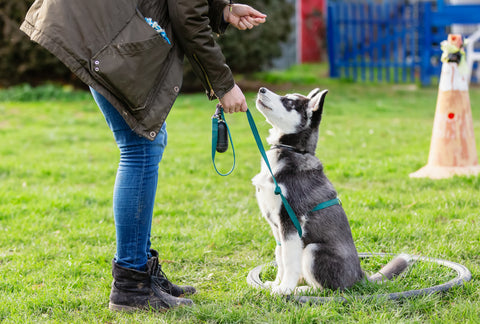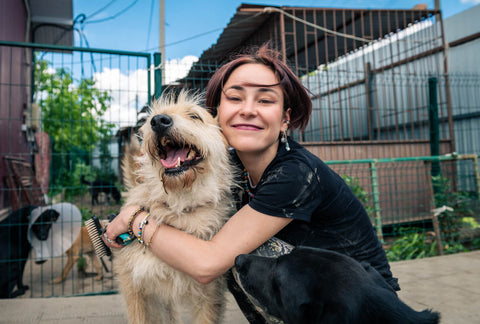
How Old Is Your Dog in Human Years? Understanding Age Conversion for the Best Pup Care
Have you ever glanced at your beloved pup and wondered just how old they are in human years? While it’s tempting to think of our dogs simply as eternal youngsters, understanding their true age can greatly enhance the care we provide.
At A Pup Above, we believe in nurturing our dogs through every stage of their lives with a keen eye on their age-related needs. Let's dive into what those wagging tails and playful barks really mean in "human years," helping us tailor our care to ensure they lead happy, healthy lives.
How Do We Calculate a Dog's Age in Human Years?
Traditionally, many of us have used the simple rule of thumb that one dog year is equivalent to seven human years. However, veterinarians and scientists now know that this calculation is more nuanced.
The first year of a dog's life is more akin to 15 human years, with the second year being about nine. After these initial years, the rate of aging depends on the size and breed of the dog. Smaller breeds tend to age slower than larger breeds after the initial years.
This method reflects a more accurate depiction of a dog’s life stage — especially in regard to their developmental milestones and health care needs.
When Does My Dog Begin Showing Signs of Aging?
As the zoomies slow down and nap times increase, it might be time to think about the aging process in your loyal companion. Just like us, every dog ages at its own pace, influenced by its breed, size, and overall health. But when do these adorable signs of maturity start to show, and what should you be on the lookout for?
- Energy Levels: You might notice your dog taking life a bit slower. Perhaps they're not as quick to chase after the ball, or they might opt for a leisurely stroll rather than a full sprint at the park.
- Mental Sharpness: Keep an eye on their problem-solving skills and memory. Is your pup starting to forget the routines or commands they once knew by heart?
- Physical Changes: Look for signs like graying fur, especially around the muzzle, or a more cautious approach to physical activity. Their eyes might also begin to show a slight cloudiness, a common sign in older dogs.
By tuning into these subtle cues, we, as pet parents, can make the twilight years as comfortable and joyful as possible. After all, isn’t that what every dog deserves after a lifetime of loyalty and love?
Tips To Support a Healthy and Happy Life for Your Dog
Ensuring your dog lives a long, joyful life involves much more than just love and good intentions. It's about making informed choices that positively impact their health and well-being every single day.
Here’s how you can ensure those wagging tails keep going strong from puppyhood to their golden years:
Regular Vet Visits
Just like you'd check in with your doctor, your dog needs their check-ups, too. This isn't just about getting those vaccinations updated — it's about catching any little health hiccups before they turn into big woes, especially as they step into the life stage of an older dog.
Nutrition That Nurtures
Feeding your pup the right food for their age, size, and breed is crucial. For instance, our Chicka Chicka Bow Wow and Texas Beef Stew are packed with all the goodies your adult needs to keep their eyes sparkling and legs leaping.
Exercise Your Options
Whether you have a lively Labrador Retriever or a dainty Chihuahua, keeping them active is key. Tailor their play and exercise to their size and energy level. Remember, a fit dog is a happy dog.
Mind the Mind
Dogs are smart, and they need to keep their brain buzzing — teach them new tricks, give them puzzles, and let them socialize. It’s a great way to keep their mental health in tip-top shape, preventing doggy dementia.
Dental Delights
Regular brushing and the occasional dental treat can help prevent yellowing teeth and keep their breath fresh. Who doesn’t love a pearly white doggy smile?
Genetics and Health Screening
Knowing your dog's breed and potential genetic predispositions can help you and your vet tailor a specific health regime. Whether it's the robust build of a Great Dane or the sprightly step of a Pomeranian, every breed has its blueprint.
Supplements for Success
As they age, some dogs might need a little extra help. Supplements like glucosamine for joints or fatty acids for coat health can keep them lively through their years of life.
Insurance to Ensure
Pet insurance might sound like an extra expense, but it’s a lifesaver when it comes to managing the cost of health care for conditions that crop up as your dog ages.
Grooming for Glory
Regular grooming isn’t just about looking good — it’s about noticing if there’s anything off with their skin, coat, or general demeanor. Plus, it’s a great way to bond with your dog!
Create a Comfy Corner
As your dog reaches their twilight years, make sure their living space is comfy and accessible. Think about softer bedding for those older bones and maybe a ramp if those senior legs can’t quite jump like they used to.
Frequently Asked Questions About Dog Aging
Curious about more details on your dog's aging process? Here are some quick FAQs to help you stay informed and proactive about your dog's care:
How can I use a dog age calculator to understand my pet's age in human years?
A dog age calculator takes into account your dog's breed and current age to estimate their age in human years, providing a more personalized insight into their life stage.
What role does methylation play in determining a dog's average lifespan?
Methylation is a biological process that affects gene expression over time. Studying patterns of methylation in dogs helps scientists predict aging and lifespan, offering insights into how we might extend these years healthily.
Are there specific health issues prevalent in giant breeds?
Yes, giant breeds often face unique health challenges, including joint issues and heart conditions, due to their size and growth patterns.
Why do smaller breeds generally have longer lifespans than larger breeds?
Smaller breeds often live longer due to slower rates of aging and fewer genetic predispositions to certain severe health conditions that are more common in larger breeds.
How does the year of a dog's life relate to health milestones?
Each year in a dog's life corresponds to various health milestones and check-ups, much like human years, helping guide preventive care and interventions.
What should I know about the signs of aging in small dogs versus larger dogs?
While both can show similar signs like reduced energy and cloudiness in the eyes, large dogs might display mobility issues earlier due to their size, whereas small dogs might experience more dental and metabolic issues as they age.
Wrapping It Up: Cherishing Every Moment
At A Pup Above, we're here to help you make each year better than the last with delicious, nutrient-packed meals that delight and nourish. From Fresh Food to Dry Food, we provide the meals your dog needs to thrive at any age.
So why wait? Let's make those golden years truly shine. Here's to more tail-wagging adventures and a long, happy life with your pup!
Sources:
How to Calculate Dog Years to Human Years | American Kennel Club (AKC)
Aging in Dogs: Physical and Mental Signs That Your Dog is Getting Older | The AKC
Importance of wellness exams | American Veterinary Medical Association
Mental Stimulation for Dogs: How to Mentally Stimulate Your Dog | MasterClass

